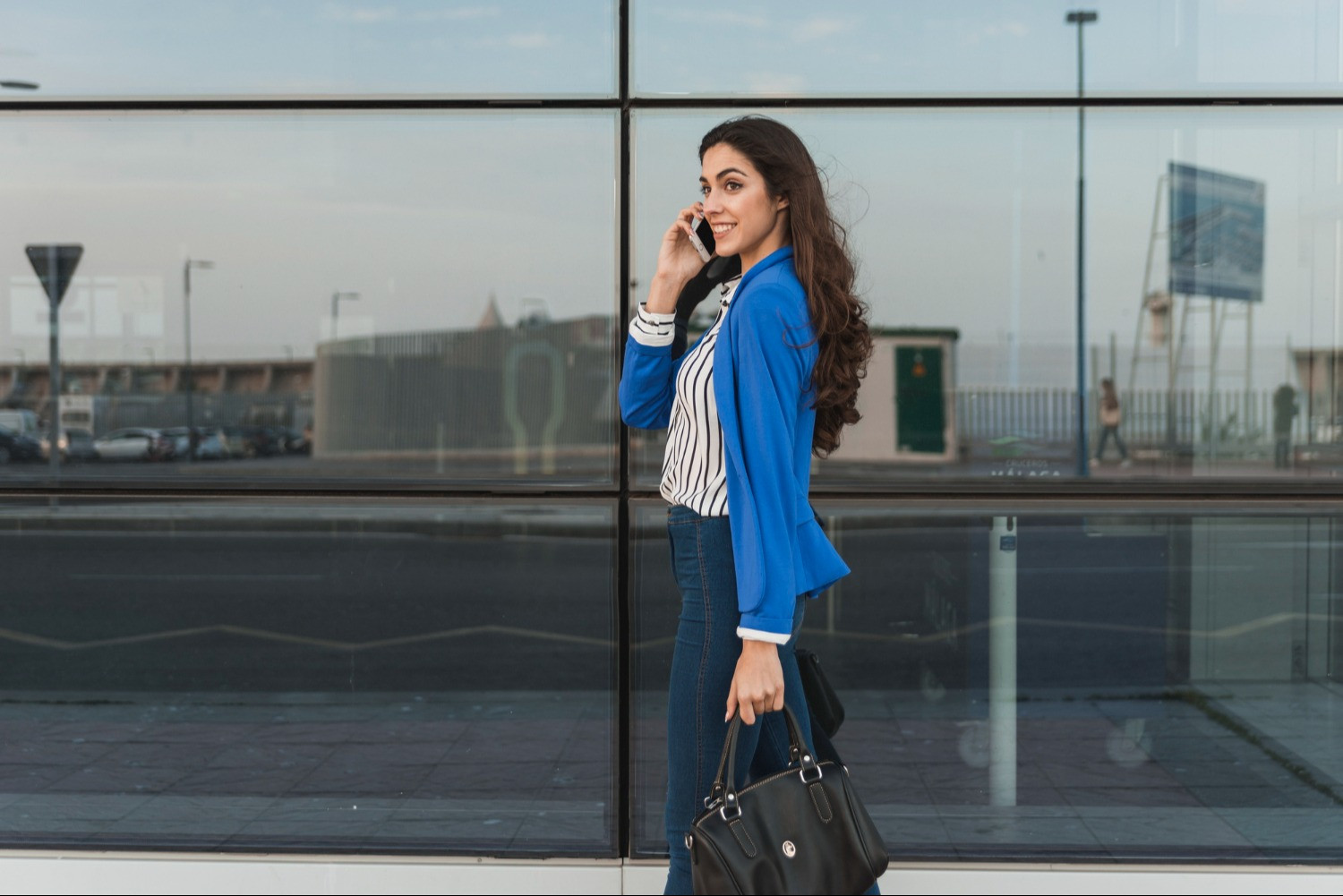Why are hand luggage regulations so strict?
In the air transport industry, baggage can be carried in the cabin and/or in the hold. The travel equipment that passengers take on board is commonly known as hand luggage. They are subject to compliance with aviation regulations designed to ensure the safety of passengers and crew. That's why their contents are meticulously controlled, as are their weight and dimensions.
Weight limits are designed to avoid overloading the aircraft beyond its capacity. Baggage size limits are based on the configuration of the compartments on board the aircraft. This is why accepted standards may vary from one airline to another. You should therefore check the conformity of your backpack or carry-on bag before leaving for the airport.
Another point not to be overlooked is the number of baggage items authorized in the cabin for each passenger. This number depends in part on the type of air route, the policy applied by the airline, and whether or not your ticket includes optional extras ( booking ). Depending on the characteristics of your flight, you may take one piece of cabin baggage and one personal accessory, two pieces of cabin baggage and one personal accessory, or just one piece of cabin baggage.
Is a handbag considered hand luggage or a personal accessory?
Hand baggage is the main baggage item you take with you in the cabin. For example, on the entire Chalair network, the standards regularly accepted for this type of baggage are 45x45x25 cm for a maximum authorized weight of 10 kg. This is generally a travel bag or suitcase.
Some items smaller than your main carry-on bag are allowed under certain conditions. These are known as personal accessories. This category includes
- Handbags
- Small backpacks
- Laptop cases
- Camera cases
- Professional cases
Depending on the regulations applied by the airline you are flying with, your personal accessory may be accepted at no extra charge. It must be stowed under the seat in front of you, so as not to overload the baggage compartment.
In other cases, this personal item will be considered as hand luggage in its own right. This means you'll have to place one of them in the hold and/or pay an additional fee.
Tip: leaving a little space in your cabin bag to slip in your handbag at the last minute can save you from paying a supplement.
Pay attention to the contents of your handbag before boarding.
If your handbag is allowed as a personal accessory in addition to your hand luggage, its contents must comply with the same restrictions in order to be accepted in the cabin. To make sure you get through security without a hitch, you need to be vigilant about which items are allowed and which are not.
For example, you can take an external battery with you to charge your smartphone. On the other hand, if you keep your electronic cigarette in your handbag, make sure it's properly extinguished. One lighter is acceptable, but not two, as are matchboxes.
Another example: liquid toiletries and beauty products must be packaged in 100 ml containers, themselves placed in a transparent, resealable bag of a maximum size of one liter. Beware of the temptations of duty-free shopping.
Exceptions are possible if you need to carry medication in your handbag, especially if your treatment must be taken during the flight. It's best to carry your healthcare products in their original boxes, with the leaflet and the original, non-handwritten prescription translated into English. Depending on the dosage of your treatment and the duration of your flight, you may be granted a waiver if your medication exceeds the limits authorized in the cabin.

